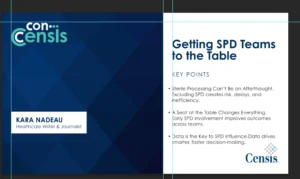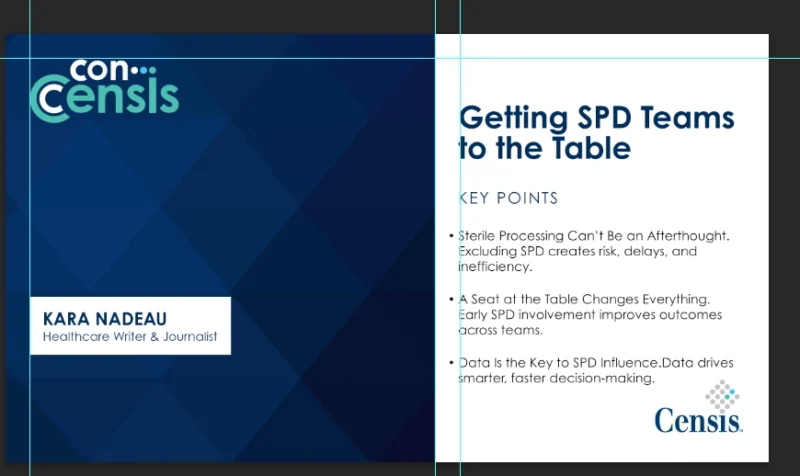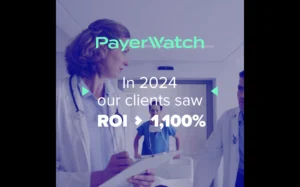Digital Health Technology Policy Across the U.S. and Europe
Making sense of health data, telemedicine, and adopting AI/ML are some of the newest innovations in healthcare. Intel’s Nathan Peper, Head of Strategy and Business Innovations, and Patrick Boisseau, Director General, Strategic Initiatives at MedTech Europe, provided their insight to Michelle Dawn Mooney, host of Health and Life Sciences at the Edge, about the related policy challenges to powering the healthcare network in the EU & U.S.
Navigating interoperability in the U.S. is challenging. Currently, there is a large focus on lowering the associated costs of healthcare while improving the patient experience. With a shortage of healthcare workers, this proves difficult. Additionally, the hospital networks must remain business-oriented, pushing profit over expense.
“Policy is just the first step of admitting a problem we need to address, once you have these emerging innovations, it makes it a lot easier to push beyond the boundaries of policy to better benefit the healthcare system – patients & healthcare workers,” says Peper.
By expanding broadband to more rural areas of the US and increasing data storage and access regulations, federated learning can assist and potentially provide robust statistical model for medical data, while keeping patient privacy.
In Europe, some of the challenges are similar to the U.S. interoperability of systems. Yet, Europe comes with its’ unique challenges, including implementing a standardized solution for data transportation, support, and language translations across 27 embassies while maintaining internal communication.
“Policy is also an enabler, even though sometimes it seems like a constraint… digital technologies is a fantastic enabler and will sooner or later improve the delivery of healthcare, in central facilities, but also at the patient’s house. The biggest impact is the change of the relationship between the patient and healthcare professionals…Now because of digital technology, patients are empowered like never before,” explains Boisseau.
Currently, European regulations include the Artificial Intelligence Act, Data Act, and Cybersecurity, which help improve the adoption of digital technologies and privacy in Europe. Patients now have more control over information and their conditions while also having the ability to access a much larger knowledge set. The benefits of digital solutions include assisted diagnostic decision support systems at all levels and improved customer and patient-centric models.
“We are far from deployment, but the existing examples are very promising, and if we go towards a wider adoption, cost will go down and digital health is also one way to reduce cost-pressure on hospitals and one way to contribute to managing shortage of skills, “ says Boisseau.
Learn more about the policy challenges that are defining healthcare in the EU and U.S . by. Connecting with Nathan Peper and Patrick Boisseau on LinkedIn or visit:
Subscribe to this channel on Apple Podcasts, Spotify, and Google Podcasts to hear more from the Intel Internet of Things Group.








